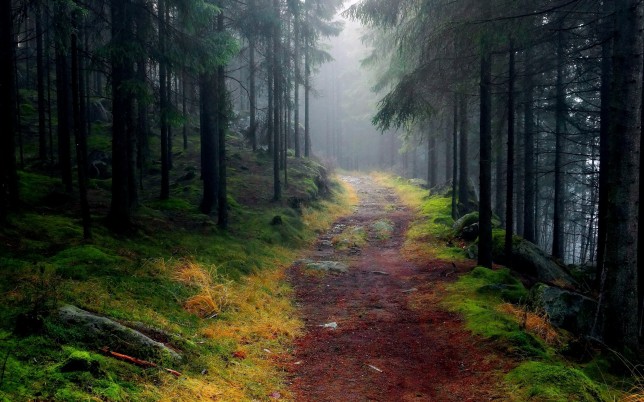A path is shaped by the people who use it. Someone discovered the best way to get somewhere – maybe the quickest, maybe the most scenic and enjoyable – and over the months or years, as that person walked those same steps again and again, the grass was worn down and a path was formed. Perhaps others walked that way, as well, helping to create the path more quickly, and as new people come upon the trail of crushed grasses, whether at the path’s beginning or somewhere along the way, they might follow to find out where it leads – maybe it leads to their destination. The more people who use the path, the larger and easier to follow it becomes. Those who come to the path later find it well-worn and quite easy to navigate. When the path is no longer needed – when it no longer serves a purpose – people abandon it to forge new paths.
A paved road is shaped by committee. A group of experts decides what is best for the people and deliberates over the length and width of the road, the direction, the speed at which one may travel, the places where one may enter or exit, etc. They spend lots of money and manpower acquiring permits, turning gravel into asphalt, cutting through hills and digging up earth, mixing and laying the asphalt…. The more people who use the road, the more often it breaks and requires repairs, eventually needing to be completely repaved – a costly undertaking and a huge inconvenience for those who have come to depend on it. Because so many people travel the road, houses and shops spring up around it; it’s simply easier to be near the road than away from it. Soon, there is a town crowded with people, all driving the now-congested road, unaware of any other way to get from one place to another. Throats thick with smog, they arrive, coughing. They’ve forgotten how to forge their own paths.
Paths versus paved roads.
Living simply versus rushing through life.
I prefer the paths.
